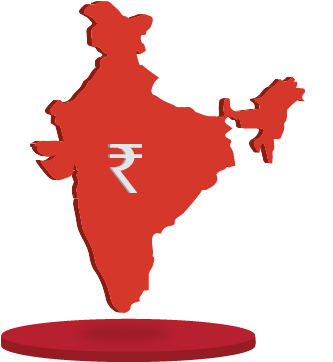 India is the fourth largest edible oil economy in the world and more than half of the nation’s total edible oil requirements are met through imports. Palm oil comprises almost 80% of these imports. The current domestic production of palm oil can meet just one percent of the nation’s requirement.
India is the fourth largest edible oil economy in the world and more than half of the nation’s total edible oil requirements are met through imports. Palm oil comprises almost 80% of these imports. The current domestic production of palm oil can meet just one percent of the nation’s requirement.
The current world average per capita consumption of palm oil is 26 kg per annum while India is at 13-15 kg per annum. Even at these The curry nation’s growing demand for edible oils low per capita levels, India’s requirement is close to 20 Mn tons per annum. Against this, India produces only about 8 Mn tons of various indigenous edible oils with the rest being imported. Any increase in these per capita levels change the entire dynamics and further burden India’s import bill. The palm oil project offers the perfect solution to this due to its increased productivity of 5 tons of oil per hectare planted, as compared to a maximum yield of 1 ton of oil per hectare in the case of other edible oil seeds.
The need for sustainable palm oil was strongly felt by many stake holders during the late 90’s due to the increased concerns towards the cost of long term supply of quality palm oil, environmental awareness and commitments on corporate social responsibility. The triple P approach to palm oil production has created a virtuous cycle of inclusion, profitability and environment conservation.
How does this benefit the economy? If the area under palm oil cultivation is scaled up to 1 Mn hectares, it could result in savings of imports to the tune of INR 280.8 Bn (~USD 4.2 Bn) at current prices. Since the fruit bearing life of Oil Palm is roughly 27 years, cumulated over this period, the foreign exchange savings at current prices will be worth about INR 7580 Bn (~ USD 112.5 Bn), even at India’s low per capita consumption. Given this potential saving in foreign exchange, the country needs to invest to reap this potential benefit through customized public-private investment strategy

